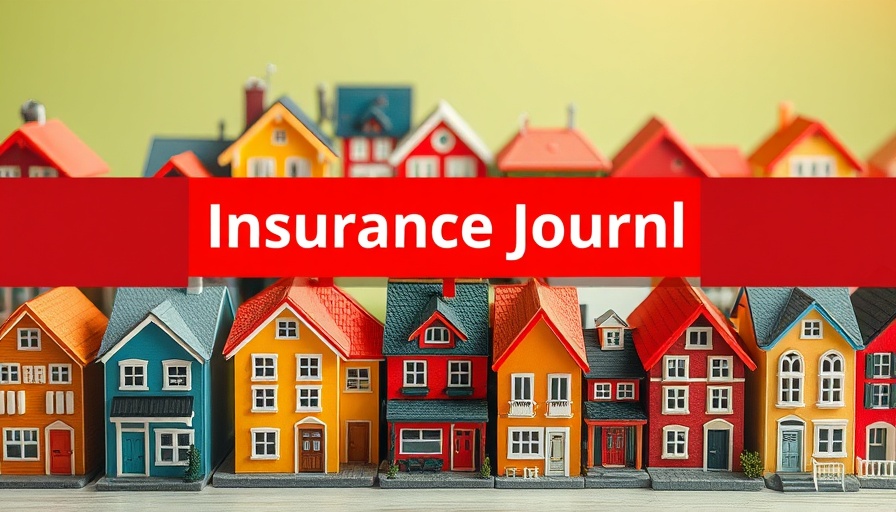
Understanding Catastrophe Risk: A Key to Sustainable Homeownership
Homeownership is often referred to as the American Dream, symbolizing stability, customization of living space, and the potential for long-term wealth building. However, the true value of owning property is contingent on the ability to protect it from catastrophes. This underscores the crucial role of catastrophe risk literacy, which encompasses the understanding of potential threats to properties and the available insurance options that can mitigate such risks.
Why Insurance Literacy Matters
Insurance literacy is essential for sustainable homeownership. Homeowners equipped with knowledge about the various catastrophe risks are more likely to opt for comprehensive insurance coverage rather than settling for the bare minimum required by mortgage lenders. For instance, many homeowners are unaware of how flood zones might affect their insurance policies. Without this crucial risk understanding, they may overlook important protections available to them. Additionally, well-informed policyholders are more inclined to implement mitigation strategies, which can reduce their premiums as well.
Three Steps Insurers Can Take to Promote Risk Literacy
Insurers hold valuable data regarding catastrophe risks, making them ideally suited for educating homeowners on this front. By adopting a few straightforward strategies, insurers can effectively enhance risk literacy among their clients.
1. Foster Communication Between Departments
Creating robust communication channels between underwriting teams and customer-facing representatives can streamline the process of sharing critical risk information. Insurers can leverage advanced catastrophe risk models to provide customer service teams with insights into specific threats like flooding, wildfires, and severe weather events, thereby empowering them to convey this information to clients accurately. Improved communication results in not only better policy sales but also a more educated customer base that can make informed decisions regarding their insurance needs.
2. Integrate Risk Insights into Sales Strategies
When sales agents possess a deep understanding of evolving risks, they can effectively communicate the value of comprehensive coverage to potential policyholders. This is particularly vital when presenting higher-cost policies that offer better protection. Tailored risk education equips agents to address and overcome objections from clients regarding insurance costs, thus promoting more informed purchasing behaviors among homeowners.
3. Leverage Educational Workshops and Resources
Offering workshops or webinars on catastrophe risks and insurance options can further enhance awareness among policyholders. These educational sessions could be tailored specifically to regional risks relevant to South Carolina residents, such as flood and storm damage claims prevalent in the area. By providing resources that demystify the insurance process and explain how various policies can be customized to individual needs, insurers can foster a greater sense of empowerment among homeowners.
Conclusion: Empowering Homeowners Through Education
The information and insights shared by insurers play a fundamental role in equipping homeowners with the knowledge necessary to make informed decisions about their property insurance. By prioritizing risk literacy initiatives, insurers not only protect their clients but also contribute to a healthier property insurance landscape. More educated consumers mean less risk for insurers as they'll be able to take proactive steps toward safeguarding their homes against disasters.
Call to Action: Stay informed about your insurance options and the risks associated with homeownership. Knowledge is your best defense against unforeseen expenses and dangers!
 Add Row
Add Row  Add
Add 




Write A Comment